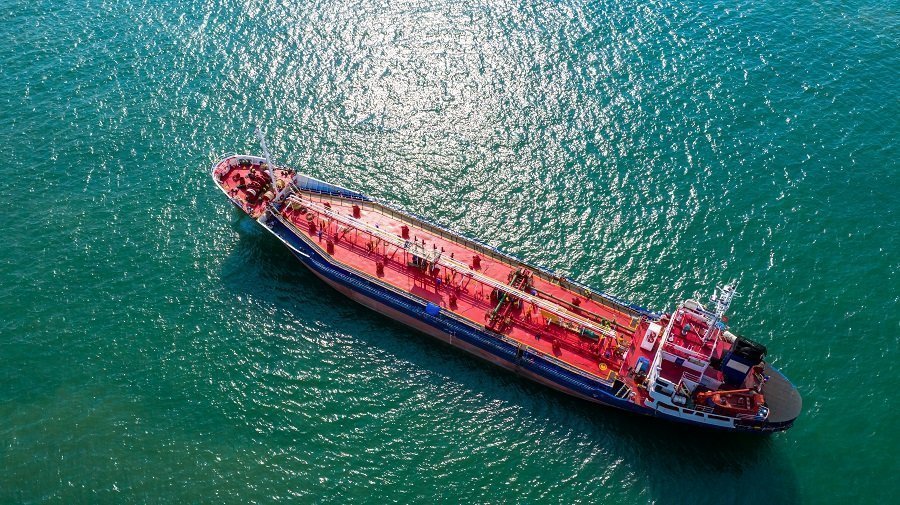There is an unexpected behavior that makes tanker freight markets interesting and surprising.
In October 2019, the threat to oil exports from the Middle East brought spot freight rates to $ 190,000 a day. However, the supply-demand balance is now even tighter and / but the Middle East crude oil flows are once again theoretically threatened. In that case isn’t it so normal for tanker freights to increase?
The USA killed Iranian General Qassem Suleimani on January 2. Iran carried out air strikes on Iraqi bases that hosted Americans on January 7. Iran struck a sinless passenger plane carrying 176 people. He said this was accidental. Reactions to the Iranian regime are growing both inside and outside. However, prices remained relatively stable and stock prices fell.
VLCC (tankers carrying 2 million barrels of crude oil each) reached $ 92,300 on January 10, with an average daily decline of 13%. On January 2, prices were on average $ 101,400.
When the latest Iranian tensions flared, the rates ranged from $ 90,000 to $ 105,000. This is an extremely profitable high rate for tanker owners. However, the truth is that this tension did not lead to a rate increase as seen in October.
The expected automatic reason was that killing the General increased the tanker rates even more. A possible retaliation action in the Strait of Hormuz could disrupt the balances in the Middle East oil market. Players and investors dominate huge volumes. Yes, this could raise VLCC rates, but this was not the case.
The parties reacted infertil and short-term, and subsequent dialogues indicated that the conflict would not grow. In the world of VLCC rental, absolutely nothing has changed in the supply-demand framework.Does that mean it won’t happen? No, but for now it seems calm and does not change the expectation.
At these solid levels, changing the emotions on both sides of the negotiating table probably requires more than an unpredictable retaliation. A calmer market should now be in the range of $ 30,000- $ 40,000 per day. There will already be a seasonal drop in the summer. Therefore, the prices are quite satisfactory, around $ 100,000 a day, and ship owners are filling their pockets.
Meanwhile, the problems caused by the condition of using VLSFO are an additional cost for tanker traders. However, as it is reported, the market is advantageous for ships that have made preparations for harmonization until the end of last year, have solved VLSFO compliance problems, and ships that have scrubbers and burn HSFOs.
The uncertainty of the Middle East has an inevitable effect on the general market. Interest and dependence on alternative resources to the west of the Suez Canal, including West Africa, Brazil, and the US Gulf, are growing. We’ve been seeing these effects for more than the last six months, but it’s too early to expect tensions to turn into higher rates immediately.
Brokers state that tonnage availability in the Middle East and the quiet market are the main reasons for the decline in the rate of 10 January. The activity, is expected to mbe settled again this week as the February shipping schedule launches, but brokers say they don’t expect rates to return to last week.

